There are more than 9,000 known species of birds in the world, from the largest ostrich to the smallest hummingbird. Except for a few land birds, most of them fly in the air, which makes them extremely fast. , so how fast can the fastest bird fly?
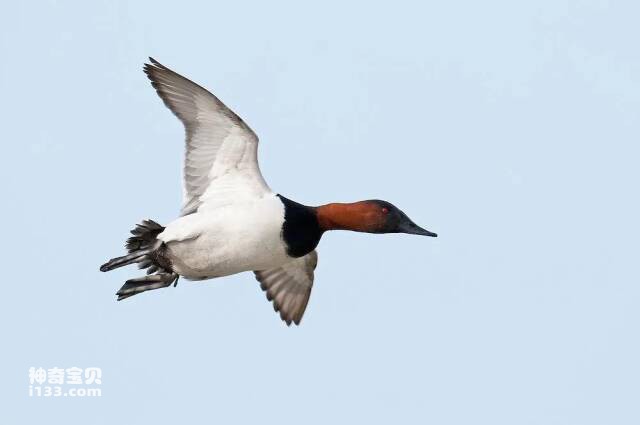
12. Australian spotted duck
Top speed: 117.5 km/h
Range: Central North America
Lifespan: up to 22 years
Food: Aquatic plants, small snails and clams, insect larvae
The Australian spotted duck is a duck that can fly very fast. Similar to wild geese, they fly in flocks in a V-shape. They use maximum speed each winter during their migration.
It is a larger bird with a wingspan of 91.4 cm. The Australian spotted duck has many natural predators, including raccoons, skunks, red foxes, mink, crows, magpies, crows and seagulls that prey on eggs and chicks. Adult birds of prey, minks, coyotes, black-backed gulls, bald eagles, great horned owls, snapping turtles and northern pike are all possible predators.
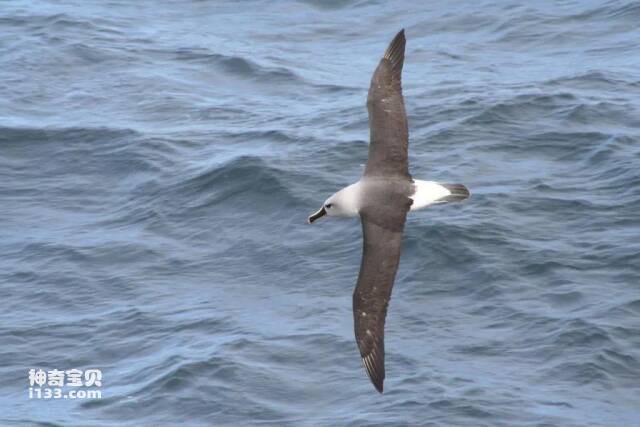
11. Grey-headed Albatross
Top speed: 127 km/h
Range: Southern Ocean and North Pacific
Lifespan: up to 20 years
Food: Squid, fish, crustaceans, cephalopods, lampreys, and carrion
The Grey-headed Albatross is an incredible flier and can travel great distances. They almost never stop on land because their wings are so powerful that they can take advantage of windy ocean conditions to keep going. Their wingspan can reach 2.2 meters.
Not only can they travel great distances, they can maintain incredible speeds for long periods of time. To prove this, researchers recorded a grey-headed albatrosses maintaining the fastest speed for a total of eight hours. They're able to do this because they don't really fly, but float along the harsh sea breeze. This greatly saves physical energy.
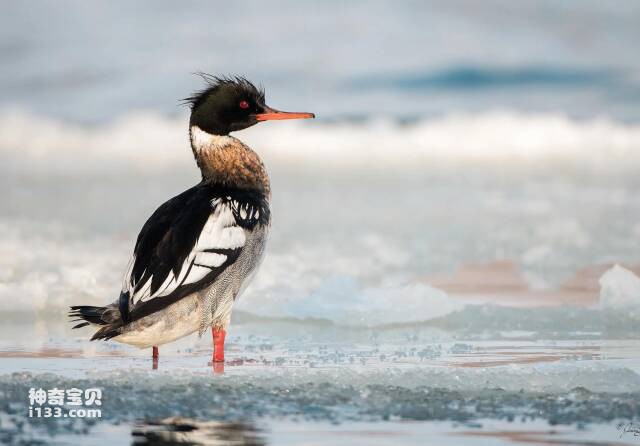
10. Red-breasted Merganser
Top speed: 130.3 km/h
Range: Breeds in winter in Alaska and northern Canada near lakes, wetlands, and swamps. After breeding, they return to the mainland.
Lifespan: up to 9 years
Food: Small fish and crustaceans
The red-breasted merganser is a diving duck with a bright red pointed beak. You can also recognize it by the tuft of feathers on its head. Although these birds fly quickly when they're in the sky, getting there can be a bit of a hassle. In order to get airborne, they need to get off to a great start.
However, they have bad luck with running, as their legs tilt awkwardly backwards. However, having their legs in this position can be helpful when they are diving through the water in search of food. They are the fastest ducks in the world, but they cannot maintain these high speeds for long.
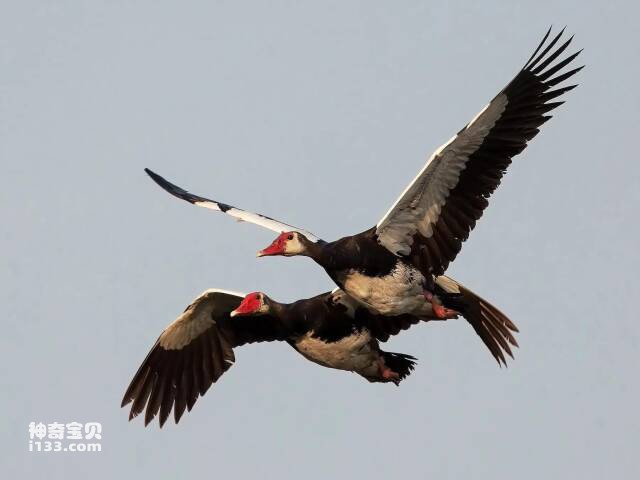
9. Spur-winged Goose
Top speed: 141 km/h
Scope: Sub-Saharan Africa
Lifespan: about 11 years
Food: Plant matter such as grains, fruits, seeds, aquatic plants, and stems
The spurred goose is one of the largest waterfowl species found in Africa. It is also the largest goose in the world, despite its incredible flight speed.
During the winter, they have to migrate great distances, so their high speed aids migration. They are found around various rivers, lakes and swamps in Africa. The adult body length is 75-115 cm, and the average weight is 4-6.8 kg.
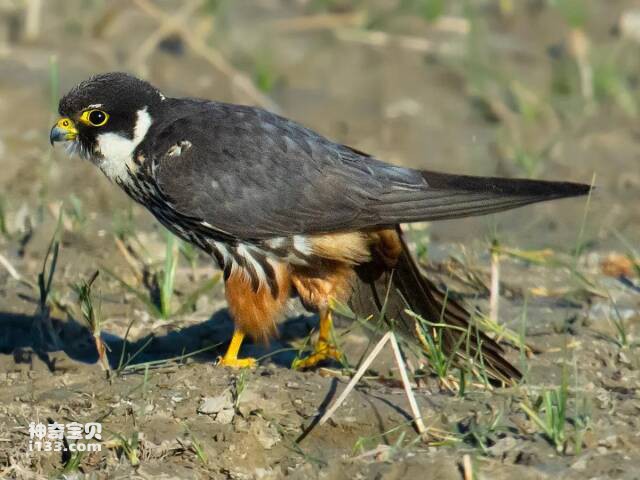
8. Yan Falcon
Top speed: 160 km/h
Scope: Europe, Asia, North Indian subcontinent
Lifespan: up to 10 years
Food: Beetles and other insects, small birds
The falcon belongs to the falcon family, so its size and hunting skills are similar to those of other falcons. These birds are very popular because of the way they fly. They'll maneuver through the air, complete with acrobatics, sweeping moves, and dives. However, when they want to maintain their speed, they glide with a steady beat of their wings.
They are so skilled at flying, in fact, that they can pass food to each other while flying. As part of a courtship ritual, males pass food to females in flight.
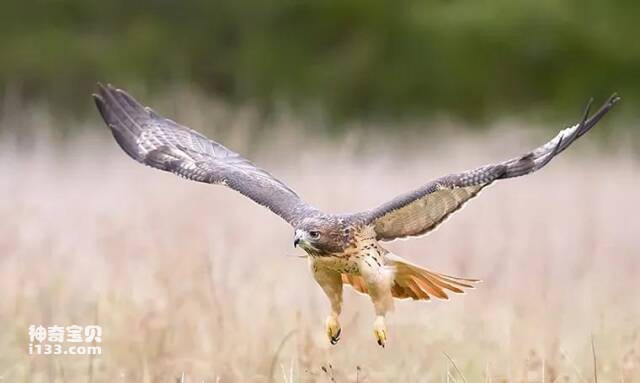
7. Red-tailed buzzard
Top speed: 193.1 km/h
Range: United States, Canada, Mexico, and Central America
Lifespan: up to 22 years
Food: Small rodents, eastern cottontails, reptiles and other birds
Usually, the normal speed of the red-tailed hawk is not very fast. Their average flying speed is about 32.1-64.3 km/h, but they can reach speeds of about 193.1 km/h when they find prey. Like many other falcons and eagles, they achieve these speeds by folding their wings and swooping down.
Their eyesight is incredible and they can see extremely small prey up to 30.4 meters away. During nest defense, red-tailed hawks may be able to fly surprisingly quickly and powerfully while swooping repeatedly in response to a perceived threat.
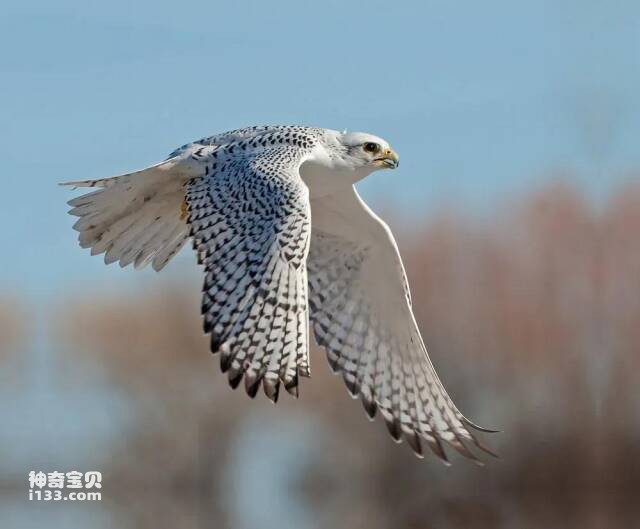
6. Gyrfalcon
Top speed: 209 km/h
Scope: Arctic regions
Lifespan: about 13 years
Food: Thunderbirds, Arctic ground squirrels and Arctic hares
The Gyrfalcon is the largest falcon in the world, with a wingspan of about 123 centimeters. Although they can reach a top speed of 209 km/h, they often soar over long distances at around 100 km/h.
Like peregrine falcons, they swoop down to catch their prey from high altitudes. They are very skilled hunters as they are able to maneuver their wings mid-flight, even at incredible speeds. It also uses this maneuverability to speed up or slow down while diving so that it doesn't miss its prey.
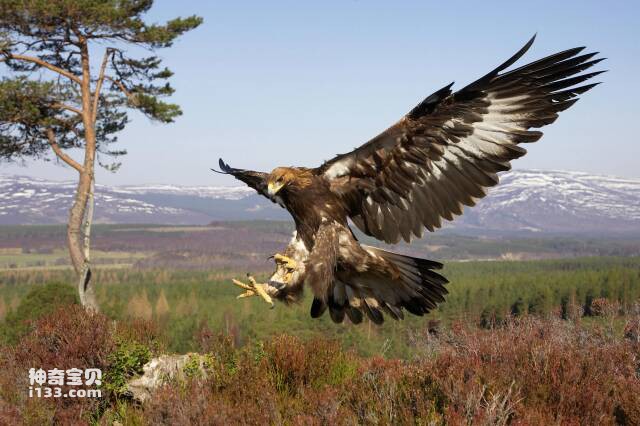
5. Golden Eagle
Top speed: 320 km/h
Scope: North America, Eurasia, North Africa
Lifespan: up to 38 years
Food: Mainly small mammals such as rabbits, squirrels and prairie dogs. They may also eat some birds, reptiles and fish. They also hunt species such as seals, coyotes and badgers.
Golden eagles are one of the largest birds in North America, with a wingspan of 2-3 meters. Their plumage is black to brown, but its head and neck are golden. They also have large eyes that take up most of their heads, but their eyesight is very good and they can see their prey from great distances.
Like the peregrine falcon, the golden eagle reaches its maximum speed when swooping down to hunt for food. Their flight muscles are so well developed that they can soar through the sky for long periods of time before spotting their prey. They can fly hundreds of kilometers without rest in search of food.

4. Falco cherrug
Top speed: 321.8 km/h
Range: Semi-desert and forest areas from Eastern Europe to Central Asia
Lifespan: about 5-7 years
Food: Small mammals such as squirrels, hamsters, gerbils and hares, quail, sandgrouse, pheasants, ducks, herons and birds of prey.
Saker falcons are endangered, but they are one of the fastest birds on this list. Similar to the Peregrine Falcon, the Saker Falcon can reach speeds of up to 321 kilometers per hour when swooping. Even when flying normally, it can still soar at amazing speeds, up to 150 kilometers per hour.
These birds dive into the water to catch their prey, paralyzing the animal with a quick blow from their talons. They are incredible hunters and are sometimes able to capture and kill prey larger than themselves.
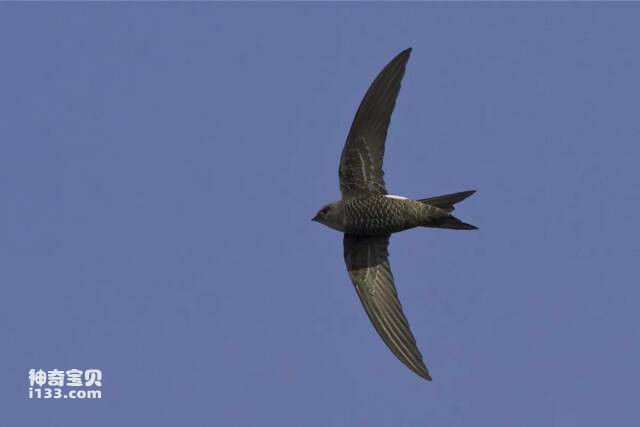
3. Sharp-tailed Swift
Top speed: 353 km/h
Range: Eastern and northern Australia
Lifespan: about 8-10 years
Food: Flying insects such as termites, ants, flies and beetles
The sharp-tailed swift, also known as the white-throated needle-tailed swift and sometimes called the stormbird, is one of the largest birds in the family Swiftidae. The fastest speed can reach 352.5 kilometers per hour, and its flight speed is as fast as an arrow. They have a pair of beautiful scissor tails that help them avoid air resistance.
They don't swoop as quickly as falcons and eagles do. Instead, they move very quickly during level flight. Some researchers believe they may be the fastest horizontal flight birds in the world, although there is no evidence to support this.
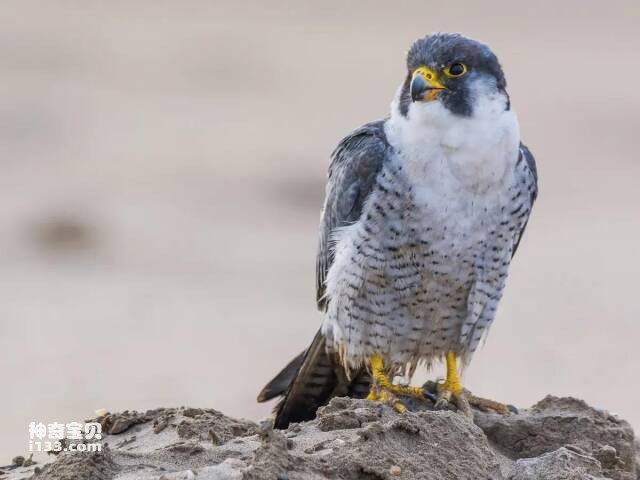
2. Peregrine Falcon
Top speed: 389 km/h
Scope: Global
Lifespan: Approximately 13 years
Food: Birds such as doves, shorebirds, waterfowl and songbirds make up the majority of their diet.
When the Peregrine Falcon lives normally, it usually flies at a speed of 70-100 km/h. However, when the bird is hunting, it swoops down to catch its prey at speeds of up to 389.46 kilometers per hour.
You may be wondering what makes these birds special. The keel is the large sternum that birds use to cut through the air. The keel makes the flight of any bird more efficient. Peregrine falcons have a more advanced and complex respiratory system than other birds. This allows them to withstand extreme flight better than other birds. These birds also have very powerful hearts, beating 600-900 times per minute. This extreme heart rate helps oxygen move quickly throughout the body.
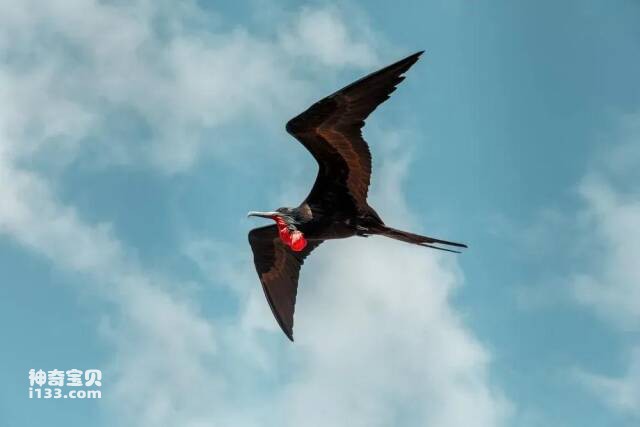
1. Frigatebird (Fregata minor)
Top speed: 418 km/h
Range: Tropical waters worldwide - Will nest on offshore islands near the tropical Pacific, western Atlantic and southern Indian oceans.
Lifespan: about 25-30 years
Food: Fish
Frigatebirds are large birds that live in coastal tropical areas. Their flight muscles are so powerful that they can fly non-stop for about a week. It flies very fast - with a top speed of 418 kilometers per hour - but it is very clumsy on land, and because of this, they spend most of their lives in the air and can even sleep in flight. 60 days of non-stop flying.
To catch prey, they glide toward their prey and swoop down, catching it mid-flight. One interesting foraging strategy is to harass other birds. Frigatebirds are also known as "pirate birds". Although they feed on fish, they rarely catch them themselves. Instead, they snatch food from the mouths of other birds, because once they encounter water, they become Very heavy and easily drowned.
animal tags:
We created this article in conjunction with AI technology, then made sure it was fact-checked and edited by a Animals Top editor.